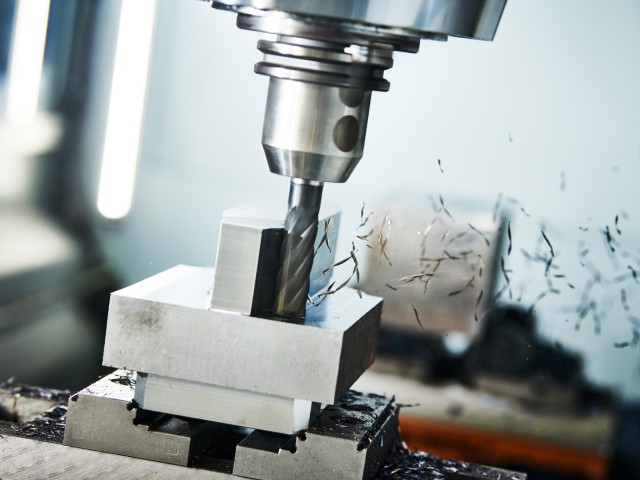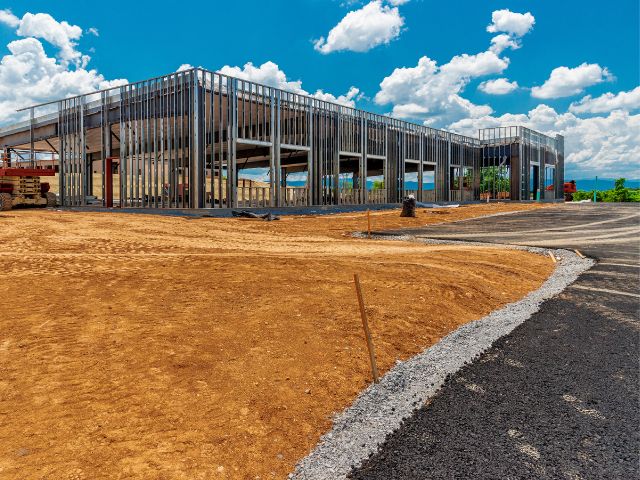Updated: Apr 15, 2024, 1:41 PM | By StateNewsJournal

Society as we know it wouldn’t be possible without metal and all the many ways we adapt it to our needs. Central to this adaptation is metal machining, the process of shaping and removing material from a workpiece using tools and machines to achieve a desired geometry. Therefore, the evolution of metal machining is a significant chapter in the annals of industrial history, and we explore it below.
People used to rely entirely on manual techniques, using tools like hammers, chisels, and lathes driven by hand or foot. This era of metalworking demanded a high degree of skill and craftsmanship, as operators needed acute judgment and dexterity to shape metal into desired forms. Although this period laid the foundational techniques still recognized today, it severely limited production speed and consistency.
The industrial revolution catalyzed a significant shift in metal machining with the introduction of power-driven machines. Steam engines and later electric motors replaced manual labor, increasing the speed and volume of metalwork possible. This era saw the advent of advanced lathes, milling machines, and drills, which could cut, shape, and bore metal with unprecedented precision. These innovations accelerated production and allowed for the creation of more complex and intricate parts, pushing the boundaries of design and engineering.
The mid-20th century ushered in a revolutionary change with the development of computer numerical control (CNC) technology. This transition marked a paradigm shift in metal machining, as it allowed for the first time the automation of machine tools via computer programming. CNC machines could repeatedly execute complex cuts with exact precision without the operator’s intervention, dramatically improving both efficiency and accuracy. This technology opened new possibilities in metalworking, enabling the mass production of parts with intricate geometries that would have been nearly impossible to achieve manually.
Today, CNC technology is the cornerstone of metal machining, continuously evolving through advancements in software, tooling, and materials. It pays to invest in premium machinist tools, such as modern CNC machines, because they offer unprecedented levels of automation, flexibility, and precision, serving industries from aerospace to medicine.
The evolution of metal machining from manual techniques to the sophisticated CNC systems of today demonstrates relentless progress in pursuit of precision and efficiency. This ongoing evolution ensures that metal machining will continue to play a pivotal role in driving innovation and excellence across industries.
24World Media does not take any responsibility of the information you see on this page. The content this page contains is from independent third-party content provider. If you have any concerns regarding the content, please free to write us here: contact@24worldmedia.com


Man Utd & Chelsea keeping t....

4 Things Fathers Should Know Abo....

5 Techniques That Will Improve Y....

Top 5 Benefits of Working at a Y....

What to Know Before Building a C....

Chelsea star likely to leave on ....

London trio eyeing deal for Prem....

Man Utd planning to return for B....